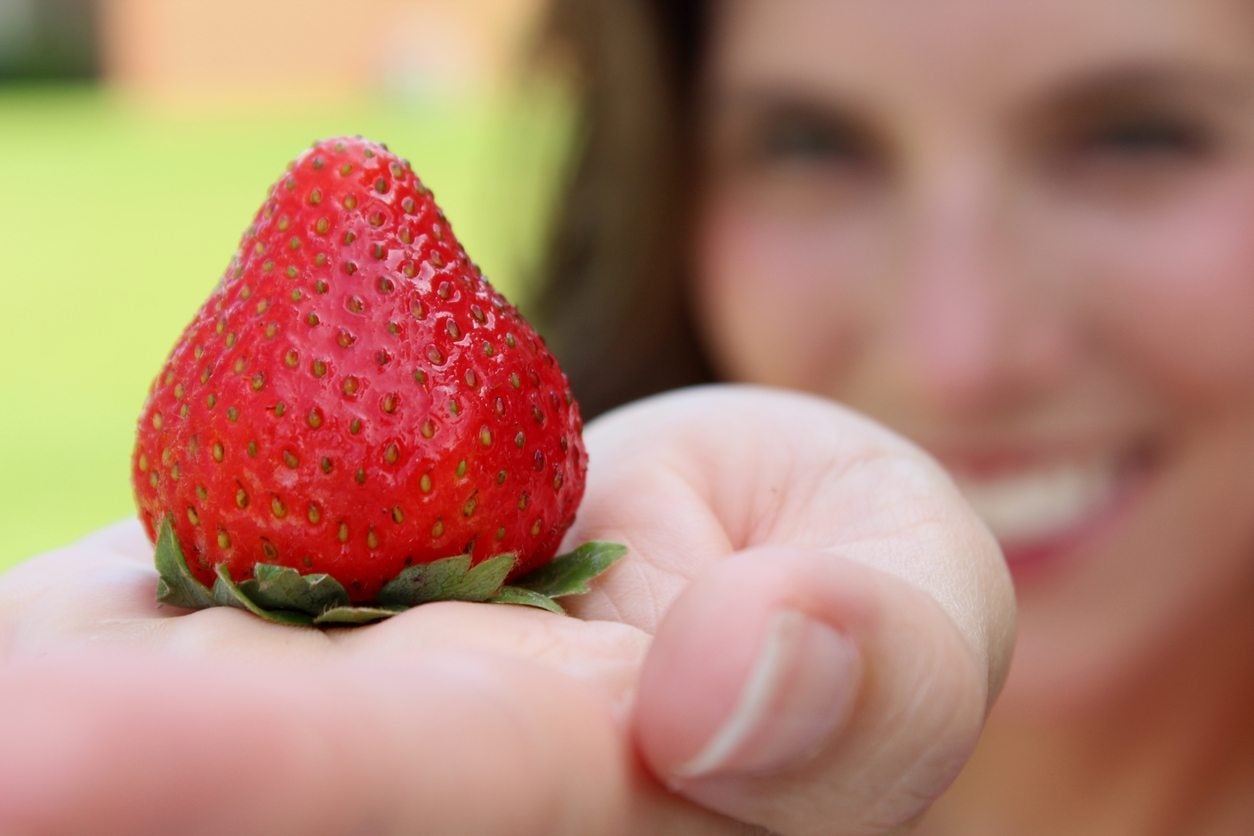Earliglow Strawberry Facts – Tips For Growing Earliglow Berries


When you think of a classic strawberry—big, bright red, juicy—you could be picturing an Earliglow strawberry. Growing Earliglow berries are a great choice for the home gardener because of how easy and productive this variety is.
Earliglow Strawberry Facts
Earliglow is a popular strawberry variety, often used at U-Pick farms and commonly chosen in home gardens. The berry you get from this variety is large, red, juicy, and tasty. While these would be reasons enough to grow Earliglow, there are other reasons too, including high yield and ease of care and maintenance. The extensive runners that these plants produce will give you an even larger harvest next year. With Earliglow, as the name suggests, you get an earlier harvest. Your plants will start producing berries in June in zones 4 through 8. Expect to get a big yield over the course of about three weeks. You can get a later season harvest if you plant in early fall. Earliglow is resistant to several diseases, including root rot, verticulum wilt, and red stele.
How to Grow Earliglow Strawberries
Earliglow strawberry care is easy and simple, and with little maintenance you can expect to get a good harvest. The plants grow about 12 inches tall and wide (31 cm.) and should be spaced about that far apart in the garden. Choose a spot with soil that drains well and add organic material if your soil is poor. These berries need full sun and regular watering. You can use a mulch to keep moisture in and avoid over-drying. After the harvest of berries is complete, remove the older leaves, leaving new growth in place. You can use a balanced, general fertilizer in spring and again at mid-season. Earliglow strawberries do well in a variety of settings. You can plant them in a bed in rows, in raised beds, or as a border. If your space is limited, this variety will also do well in containers. However you grow them, with plenty of sun and water, you can enjoy a bountiful harvest of these delicious berries every summer.
Sign up for the Gardening Know How newsletter today and receive a free copy of our e-book "How to Grow Delicious Tomatoes".

Mary Ellen Ellis has been gardening for over 20 years. With degrees in Chemistry and Biology, Mary Ellen's specialties are flowers, native plants, and herbs.